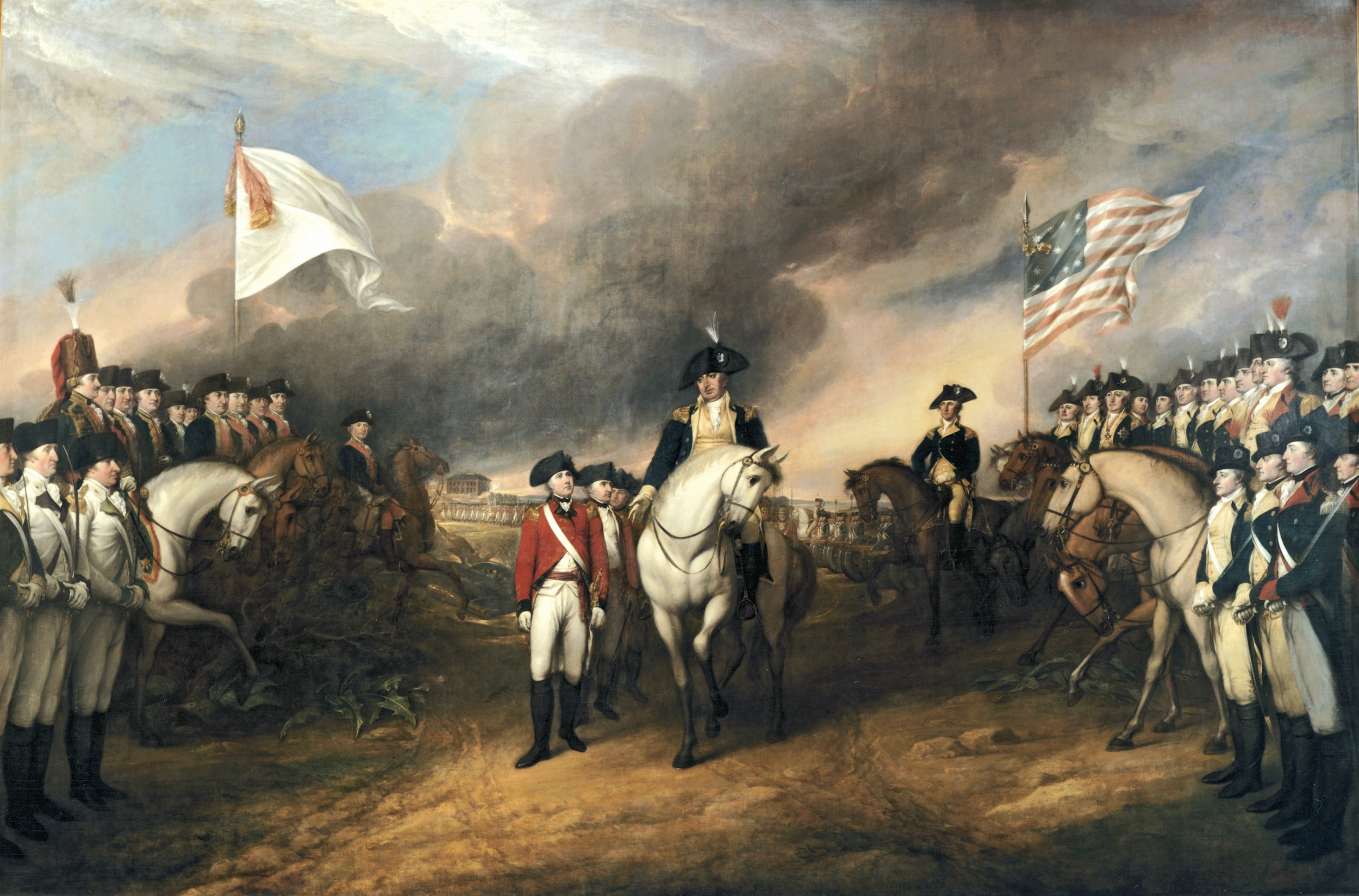George Washington and Smallpox: The Decision that Saved the Continental Army
by Konrad Katterle
Oil on canvas, 12x18 inches
The American Founding Fathers were an exceptional group of men, who each contributed greatly to the political foundations of the United States of America. However, many of these men were of the mind that none of them could compare to George Washington, our first president and commander-in-chief. Washington rose to prominence as the commander of the Continental Army, leading them to victory against the British. Many of the readers of this magazine are no doubt familiar with this story, having learned it from an early age. While much of Washington’s military success was related to his ability to maintain order and inspire loyalty, his most brilliant decision in winning the Revolutionary War may have been one that is less well known: requiring that his men get inoculated against smallpox.
Smallpox has been one of the most horrific diseases to ail man. Though the exact location of its origins is up for debate, it cannot be denied that the disease is ancient. The first written descriptions of it were made by Greeks in the 7th century AD and the Chinese in the 4th century AD. Smallpox was a common scourge of Europe during the Renaissance and the centuries that followed it. Some historians estimate that up to 400,000 Europeans died from it every year during the 18th century AD. Most well-known of the smallpox epidemics were those that afflicted the Native Americans during European colonization, with an estimated death toll of around 4 million.
Naturally, societies afflicted by the disease were compelled to find ways to prevent or treat it. The Chinese are believed to have developed the technique of variolation wherein individuals would snort smallpox crusts that were ground into powder. Knowledge of this technique spread across the Silk Road into the Middle East, where the Europeans became aware of it. The London Royal Society endorsed the practice in the early 18th century AD, though they preferred to inoculate people by injecting pus into the superficial epidermis. Inoculation soon became commonly practiced in Britain. The procedure was certainly flawed, but the contemporary data indicated that it did provide some degree of protection against smallpox.
The practice of inoculation spread to the British colonies in North America, but many Americans did not trust it, believing that inoculation caused the disease instead of preventing it. Several of the 13 colonies went so far as to ban the practice. The difference in inoculation rates is believed to have contributed to the enormous death toll the Continental Army soldiers endured during the Revolutionary War, where historians estimate two-thirds of the casualties came from disease. Other historians speculate that the enormous death toll from smallpox was because Americans had immigrated from villages that had not been ravaged by smallpox, whereas British soldiers were recruited from villages that had been exposed to smallpox perennially, and so had developed resistance.
George Washington first noticed the presence of smallpox in his men during the Siege of Boston in 1776. Washington himself had survived the disease when he was younger and appreciated its horrific effects. He moved quickly to isolate the men who were sick and encouraged those who were healthy to get inoculated, shocking some of his contemporaries. By 1778, inoculation was mandatory in order to serve in the Continental Army.
It cannot be known how many men were saved by Washington’s actions. However, given how narrow the margin of American victory in the war was, it was likely decisive. Esteemed historian Joseph J. Ellis went so far as to say there was a case to be made that Washington’s response to the smallpox epidemic was ‘the most important strategic decision in his military career’.
Smallpox has thankfully been eradicated since 1979 due to vaccination, so many individuals alive today are blissfully ignorant of the cruel disease that shaped the course of history with its resultant devastations. Washington’s decision to inoculate his army prevented its collapse, unlike many other historic armies that were ravished by smallpox. With the best evidence available, Washington mandated a medical intervention even in the face of controversy, and his men obliged him because they trusted him. One cannot help but draw connections to the modern-day controversies surrounding the COVID-19 vaccines, where some elements of the American populace refused to comply with a life-saving intervention. The greatest difference between these two cases is the lack of trust in public leadership that plagues modern America. Ultimately, this episode of history demonstrates the power of medicine to alter history by halting the advance of perennial maladies. However, medicine is ultimately a tool that requires proper leadership and broad societal trust in order for it to reach its maximum potential.
Sources
Ellis, Joseph. His Excellency: George Washington. New York, Random House, 2004.
Behbehani, A M. “The smallpox story: life and death of an old disease.” Microbiological reviews vol. 47,4 (1983).
Thèves, Catherine et al. “History of Smallpox and Its Spread in Human Populations.” Microbiology spectrum vol. 4,4 (2016).
Konrad Katterle is a fourth-year medical student at the UTCOMLS.
